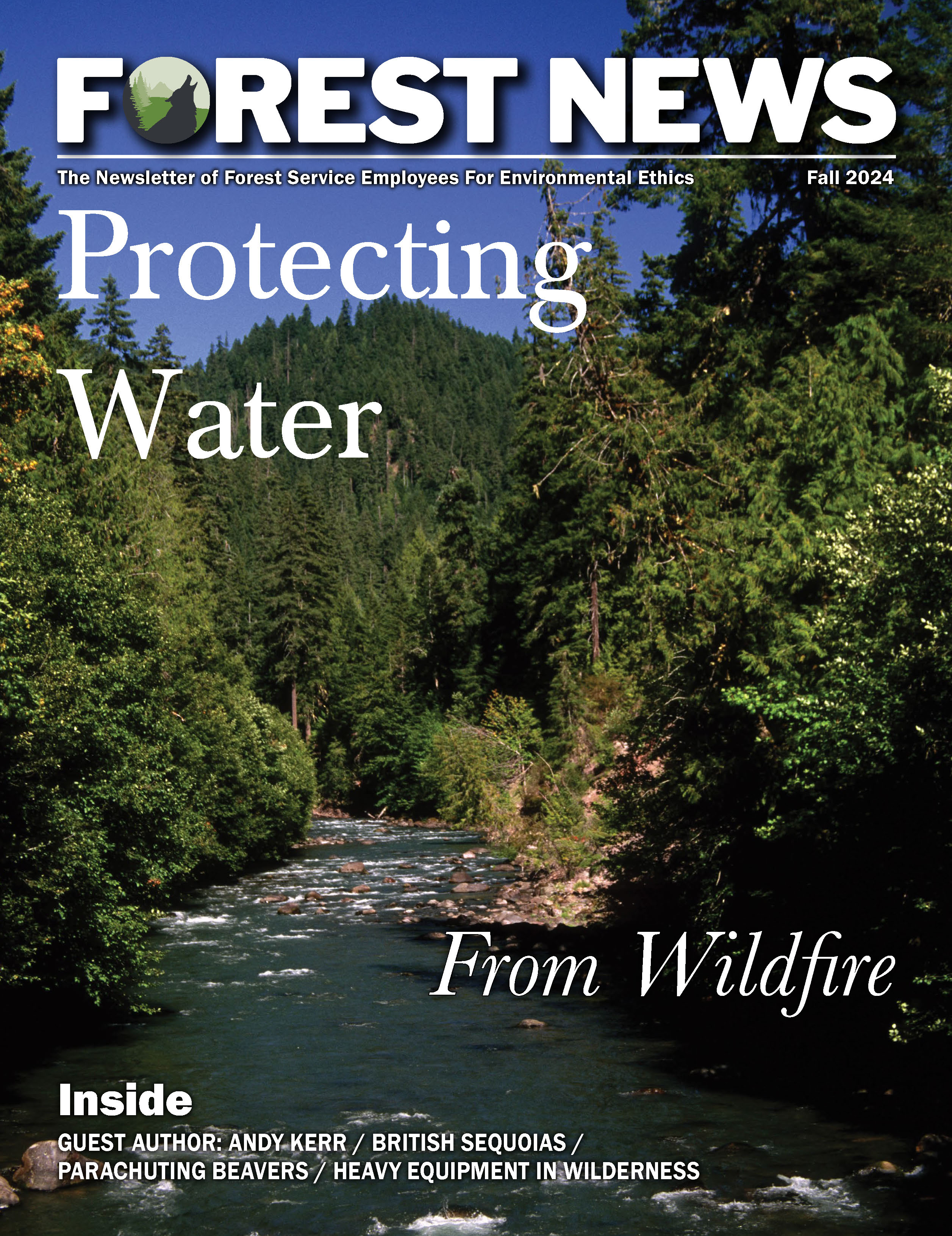More than a century ago, ranchers introduced bison to the Kaibab Plateau of northern Arizona, hoping they would crossbreed with their cattle.
A century later, descendants of those bison have wandered from the Kaibab National Forest, where their numbers were held in check by an annual hunt, onto the North Rim of Grand Canyon National Park.
Faced with increasing numbers of bison, National Park Service officials earlier this month approved a plan to decrease the herd’s population by relocating some and shooting others. They say the bison trample sensitive plants and degrade water quality in the park.
Arizona wildlife officials hold an annual bison hunt on the Kaibab National Forest. This year, they issued 122 bison tags. But the animals started moving into the park in the 1990s, and now spend a majority of their time inside the park boundaries, where hunting is not allowed.
In recent years their numbers have swelled from about 100 animals to approximately 500. Wildlife biologists believe that the herd would increase to as many as 1,500 bison over the next decade if no action is taken.
Park managers want to reduce the population to no more than 200 animals over the next three to five years.
Under the plan, bison roundups will take place in the summer months. Lethal culling will occur between October 15 and May 14, when most of the North Rim is closed to the public.
Park Service employees will lead teams of skilled volunteers in conducting the culling. They will use non-lead bullets to protect California condors, which are expected to feed on portions of the animals left in the field. Officials plan to donate most of the bison meat that is collected during the operation.


